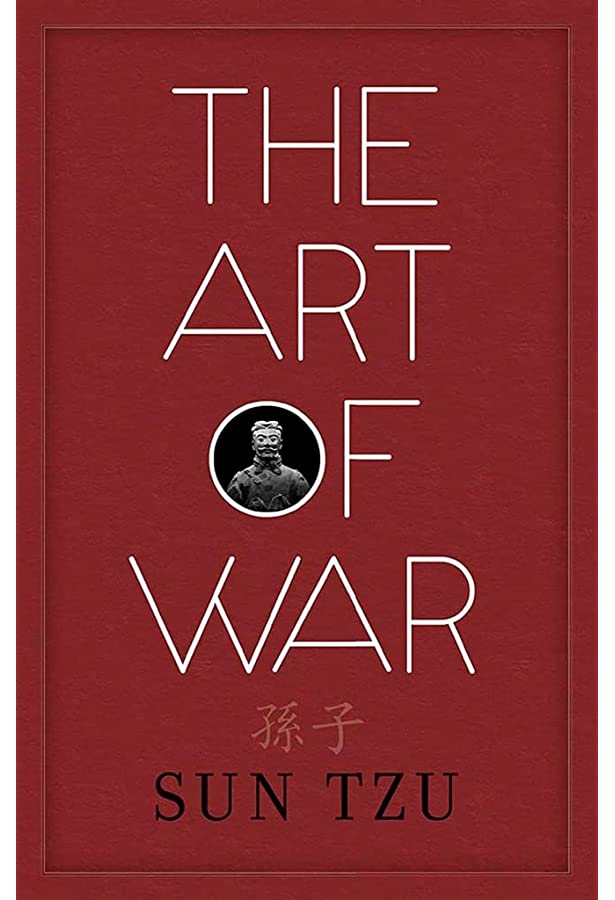
The book The Art of War is one of the most influential books of all time. Written by Sun Tzu around 500 BC, it is a treatise on military strategy and tactics. The book has had a profound impact on many aspects of military and political thought, as well as business and organizational management. The Art of War has remained relevant over the years because it is about strategy and tactics rather than specific warfare technology. It has influenced leaders all over the world, not only in warfare but in many areas of life. Even the fictional character Regina George from Mean Girls fame found use for Sun Tzu’s teachings in the popularity battles of high school. The book is divided into 13 chapters, each of which examines a different aspect. In this review, I will focus on the first five chapters which cover the topics of laying plans, waging war, attack by stratagem, tactical dispositions, and energy.
The first chapter of the book, “Laying Plans”, examines the importance of having a well thought out plan before engaging in battle. Sun Tzu stresses the importance of proper reconnaissance and intelligence gathering, as well as the need to be aware of the enemy’s strengths and weaknesses. He also emphasizes the importance of proper timing and the need to take advantage of terrain and weather. The chapter also outlines the various strategies that can be employed in battle, such as attacking the enemy’s rear, attacking when they are unprepared, and using deception.
The second chapter, “Waging War”, looks at the logistics of warfare. Sun Tzu outlines the importance of having a well-trained and disciplined army, as well as the need for proper supplies and equipment. He also discusses the importance of having a unified command structure and the need for strategic flexibility.
In the third chapter, “Attack by Stratagem”, Sun Tzu examines the use of deception and surprise in order to gain an advantage in battle. He discusses how to use spies, feigned retreats, and other tactics in order to outwit an enemy.
The fourth chapter, “Tactical Dispositions'', looks at the tactical placement of troops in order to best take advantage of the terrain and weather. Sun Tzu examines the various formations and maneuvers that can be used to gain an advantage in battle. He also looks at the importance of having a unified command structure and the need for tactical flexibility.
The fifth chapter, “Energy”, looks at the importance of having an aggressive and determined attitude in battle. Sun Tzu emphasizes the importance of maintaining morale and the need for unity among troops. He also discusses the importance of taking the initiative and being creative in order to outwit an enemy.
One of the easiest war books that you can read, The Art of War provides an in-depth look at the various aspects of warfare and provides practical advice that can be applied in a variety of situations. Although this may be true, it uses relatively simple wording and simple concepts without being overly technical (if at all) regarding weaponry and tactics. It is also a short book, much more so than Clausewitz on War (which is still a great book) or other behemoths.
Overall, The Art of War is an essential read for anyone interested in strategy and tactics. Those interested in history may also enjoy this book as well as anyone who is just plain curious. Whether you are a military commander or the most popular girl in school, this book will give you valuable insights into how to win in any situation.
Check out the Art of War from NBPL!